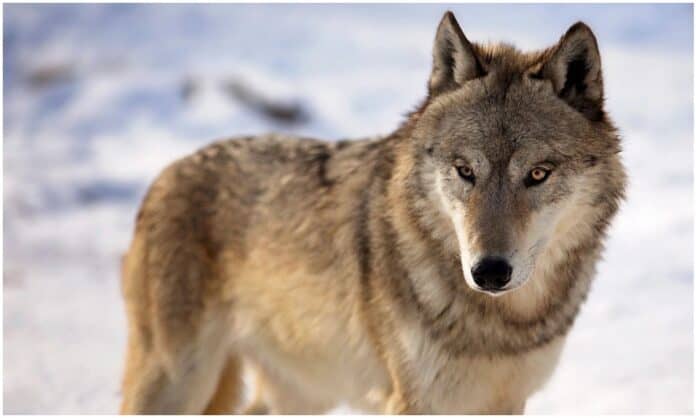Wolf hunters in Wisconsin say the state needs a population number, not for hunters and trappers but to help manage the health of the state’s wolf packs.
Luke Hilgemann, executive director of the International Order of T Roosevelt told state lawmakers the Wisconsin Department of Natural Resources is making an error by leaving a wolf population goal vague.
“Scientific research has shown that setting a numeric population goal for wolves can help ensure their survival while also addressing concerns about their impact on livestock and game species,” Hilgemann said.
As opposed to a specific wolf number, the DNR is considering wolf population ranges.
The population range proposal sets a goal of between 800 and 999 wolves in the state. If wolf numbers fall below 800, DNR says more protections may be needed.
If the wolf numbers top 1,000, the DNR said hunting and trapping could be considered. If Wisconsin’s wolf population tops 1,200, the state would order a hunting and trapping season.
Hilgemann said those vague ranges could lead to problems down the road.
“The DNR currently estimates our wolf population to be around 1,000. However,
without a specific numeric goal, it is challenging to determine whether this number represents a healthy population size. A numeric goal would provide a benchmark for assessing the status of our wolf population and guide management decisions,” Hilgemann said.
Hilgemann said other states rely on specific wolf numbers, and Wisconsin should follow those models.
“In Wyoming, for instance, the state has set a goal of maintaining at least 100 wolves and 10 breeding pairs outside of Yellowstone National Park and the Wind River Reservation,” Hilgemann said. “Idaho has set a population goal of 150 wolves, while Montana’s goal is 100 wolves. These goals have not only provided a clear direction for conservation efforts but have also helped to balance the needs of the wolves with those of the local communities, including ranchers and farmers.”
The DNR scheduled two more listening sessions for the wolf management plan, both for early next month. The DNR board is expected to finalize Wisconsin’s wolf management at its next meeting on Oct. 25.





















![WATCH: Elon Musk Town Hall Rally in Green Bay [FULL Video]](https://www.wisconsinrightnow.com/wp-content/uploads/2022/04/Elon_Musk_3018710552-356x220.jpg)











